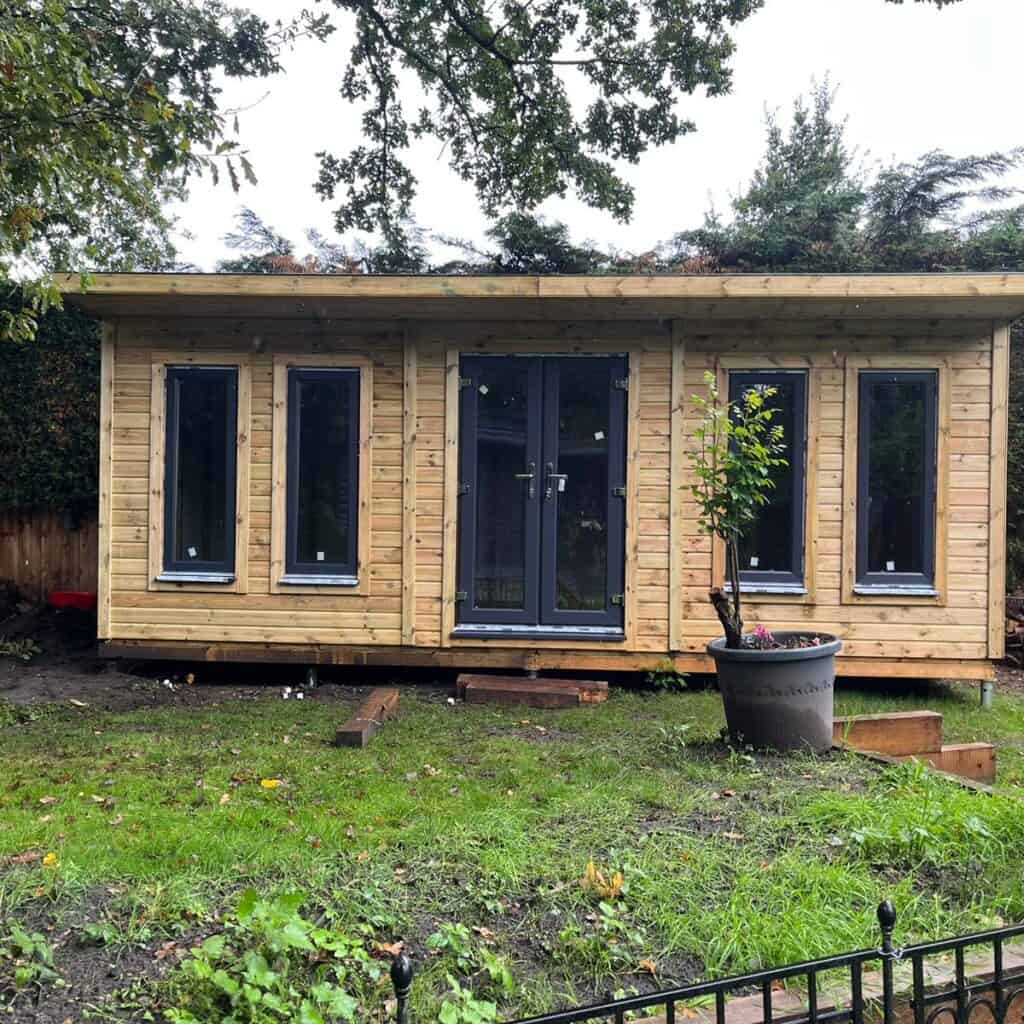A garden shed may seem like a simple structure, but choosing the right one can make a huge difference to your outdoor space. Whether you need storage, a workspace, or a place to escape with a hobby, a good shed is an essential part of a well-organised garden.
Identify Your Main Purpose
Before deciding on size or style, be clear about how the shed will be used. Will it be strictly for storage, or do you also want space for DIY projects? Are you planning to store bikes and bulky equipment, or will it house delicate tools and lawn care products?
If you need versatility, you may prefer a hybrid solution that offers part storage, part leisure space—similar to a garden shed and summerhouse, which gives you both practicality and comfort in one.
When you define the primary use, everything else—from size to layout—becomes easier to plan.
Choose the Right Size and Layout
It’s tempting to go for the largest shed possible, but a well-proportioned structure is more useful than one that dominates your garden. Measure the available space and leave enough room for walking around, door clearance, and future maintenance.
Think vertically too. Wall-mounted shelves, tool racks, and roof hooks can help you make the most of smaller sheds. Layout matters: double doors make it easier to store larger equipment, while partitioned interiors allow you to separate storage from workspace if needed.
If you’re unsure, sketch a quick floor plan of how you intend to use the space—it’s a helpful exercise that reveals what you actually need.
Select a Material That Matches Your Needs
Sheds come in timber, metal, and plastic. Each has its own benefits and limitations:
- Timber is traditional, attractive, and easy to customise or repair. It also blends well with most gardens, especially when painted or treated.
- Metal offers greater security and low maintenance, ideal for tool storage.
- Plastic is lightweight, rot-resistant, and easy to assemble, though it can lack the character and strength of other options.
For most residential gardens, a wooden shed from a reputable supplier like Midlands Sheds and Summerhouses strikes the right balance between appearance and durability.
Pay Attention to Roof Styles
Roof shape isn’t just an aesthetic detail—it affects how you use the space. Apex roofs provide headroom in the centre, ideal for standing or hanging tools. Pent roofs, with their modern sloped design, suit narrow gardens and shed placement near fences or walls.
Some models come with overhangs or verandas, offering sheltered outdoor workspace. This is a great addition if you plan to pot plants or work on small projects outdoors.
Don’t forget the roof covering. High-quality felt, shingles, or EPDM rubber can extend the life of your shed and reduce the chance of leaks.
Look for Features That Improve Longevity
A shed is an investment. To make it last, look for features that support durability:
- Pressure-treated timber resists rot and insect damage.
- Thick cladding, such as tongue-and-groove boards, adds strength and insulation.
- Reinforced doors and hinges improve security.
- Raised floors or built-in bearers protect against damp from ground contact.
It’s also worth checking the warranty. Quality sheds often come with longer guarantees, giving you peace of mind about your purchase.
Consider Ventilation and Natural Light
Poor airflow can lead to condensation, especially in sealed-up sheds. Roof vents or windows that open slightly help regulate temperature and humidity. This is particularly important if you’re storing expensive tools or using the shed as a hobby space.
Windows also bring in natural light, making the interior more pleasant and usable. If you want both privacy and daylight, consider frosted panes or small roof windows.
Even the smallest changes, like propping open a door for an hour a day, can help extend the life of the contents inside.
Position the Shed Thoughtfully
Location affects how useful your shed will be. Choose a spot that is easy to access but not in the way of main garden activity. Make sure the base is solid, level, and ideally slightly raised to prevent water collecting underneath.
Also consider sun exposure and shade. A sunny location may help keep the interior dry, but it can also overheat if the shed is used as a workspace. Meanwhile, shady spots may be cooler but more prone to damp.
Paths, lighting, and even nearby planting should be considered when choosing where to install your new shed.



